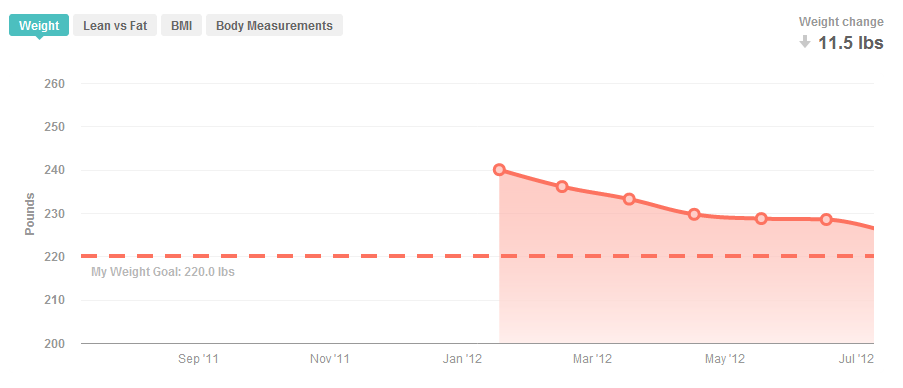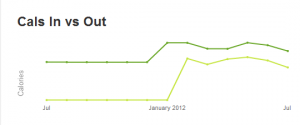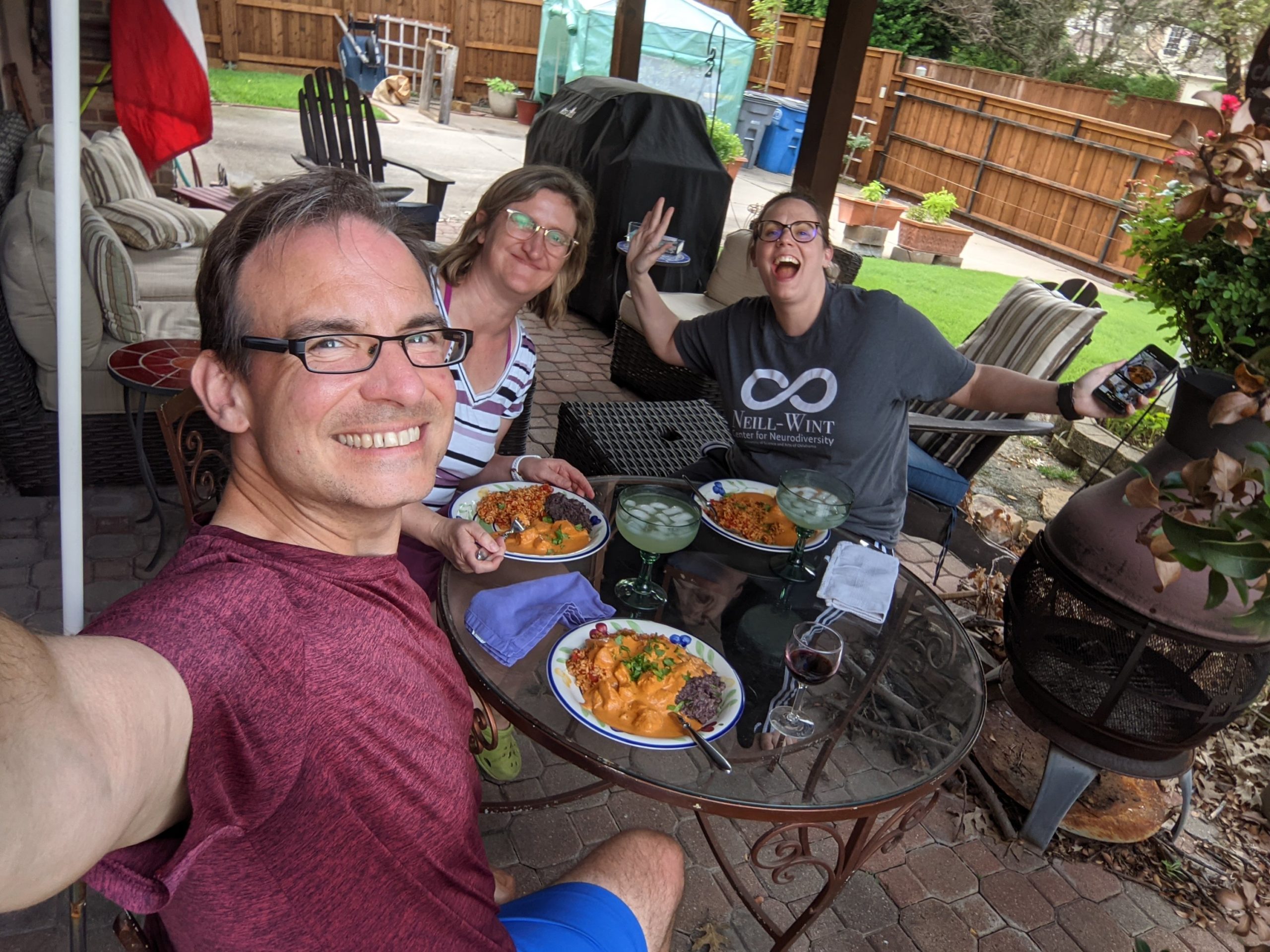
Since January, I have been embarked on a data-driven lifestyle. What does this mean? It means that I have been meticulously tracking my levels of activity during the day using a Fitbit device [1]. I have been keeping careful track of my eating habits using Loseit [2]. I have also been weighing myself and having the scale report numbers to both Fitbit and Loseit thanks to Withings [3]. I have not significantly altered my eating habits, except to become hyper aware of them and make calorie reductions where possible. Think of it as cap-and-trade for the body; cap the unnecessary calorie intake, trading sodas and snacks for those tasty things you like at mealtime.
I am a firm believer in only ONE kind of diet. That belief is rooted purely in scientific evidence. There is only one truly successful diet in the world, the only one ever proven to induce loss of weight over long periods of time. It’s the “physics diet.”
It’s simple, really, just as physics is simple. The laws of physics state that for a closed system, one cannot get out more energy than one puts in. Energy in the body is used for many purposes: motion, cell function, production of proteins and other necessary chemicals, storage in muscle, and storage in fat. The body is, typically, an VERY efficient storage mechanism (it evolved, after all, when food was more scarce and is very good at saving for lean times). However, like all entities in the physical world it is bound by physical law. It cannot use more energy than it is given, and it is provided energy primarily through the intake of food (and thus food calories, or kilocalories).

If you want to get the body to convert its fat stores to energy, you need to execute a long-term reduction in energy intake. Your goal is to monitor carefully the energy that goes into the body, in the form of kilocalories, and then keep your activity level just above that energy intake for a long period of time. This requires a data-driven lifestyle. Most of us cannot count accurately the food calories we consume. When we are forced to record that information . . . at least, when I am forced to record that information . . . we are more serious about the need to keep a higher level of activity.
What is the result? In all my past attempts (without data) to exercise and eat right, I have failed – until now. The graph above is the evidence – data from a data-driven lifestyle. Since I started recording this information feverishly in late January (I had already been exercising a month at that point), I have lost weight at a steady clip. I started around 250. The first ten pounds is always free. The second ten pounds took months. Then I hit my doldrums, of course. We all have them. My body tends to not support more than a 10-pound serious loss of weight before it fights back. I tend to eat a little more, exercise a little less, and my body maintains a steady but still-high weight. Now I am on the down slope again. You have to fight through the doldrums. Giving up when you hit them is giving into our evolved fat storage system – it’s strong, and it fights back against weight loss hard, but it’s not unstoppable.
Does this mean I have to eat like a snail? Hell no! Check out some of my cooking [4] to see how I roll. I just know what I eat and then compensate with walks, runs, drumming, weight lifting, biking, or other exercise.
I strongly recommend the physics diet. It’s not for everyone, but it is the only one that works. Why? Nature doesn’t violate its own laws, and conservation of energy is a founding principle of the cosmos. The human body can’t beat it, so you might as well use it to your advantage. It takes months of commitment, and you’re bound to fail. But it feels good when you do succeed. Also . . . it’s a HELL of a lot cheaper and less dangerous than those quack and fad diets, even including the cost of the Fitbit and the Withings scale.
[4] http://steve.cooleysekula.net/blog/2012/06/23/the-pleasures-of-cooking/




